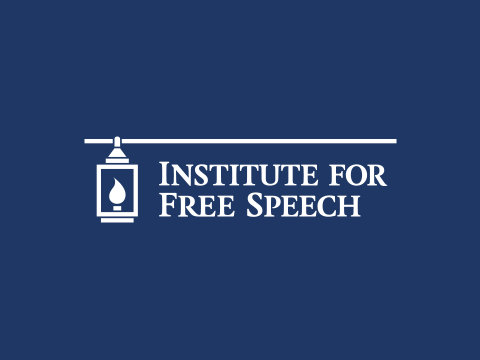It struck us the FEC’s “Draft Final Rule and Explanation and Justification for Internet Communications Disclaimers” on the agenda today doesn’t explain or justify the 25% threshold for using an adaptive disclaimer, which was in the previous draft’s Alternative A. But alternative B’s proposal suggested a 10% threshold.
While there is some language about commenters suggesting higher or lower thresholds, the proposed rule never explains where 25% comes from – it just seems to materialize out of thin air.
That means a regular disclaimer in a small internet ad could take up a large portion of your message. The simple “paid for by” disclaimer has what most voters want to know but the law requires a lot more (too much I might add).
This failure to explain the rationale for the 25% could be viewed as arbitrary and capricious.
The FEC ought to take the lower 10% threshold (or something lower than 25%) and explain that this provides more room for speakers to speak while the adaptive option provides quick and easy access to the rest of the disclaimer.
While the new final draft is a big improvement over the earlier draft and alleviates most of our concerns, we remain very concerned about the confusion that will come from the draft rule and the small items and impracticable exceptions under 11 CFR 110.11(f)(1). And the fact that some short ads are banned. We explain those concerns in detail here in part IV of the analysis.














